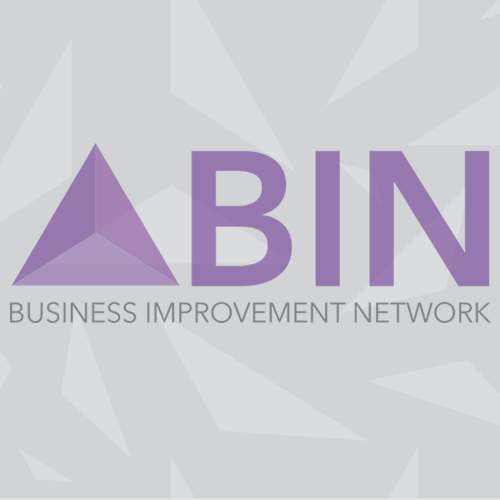Business process improvement
By PJ Stevens

What happens when business processes aren't optimised for a given business? Often it leads to wasted resources, inefficiency, redundancy, and frustration. Business process improvement is a method of strategic planning that encourages efficiency and growth. By reducing redundancies, facilitating workflow, and becoming more efficient, businesses can reduce waste, streamline their operations, and ultimately become more profitable.
A process is a simple term that describes the collective steps involved in doing a task. For instance, the steps involved when you answer an email or letter or write a report, or when a business manufactures a product. All businesses use process—dozens, if not hundreds, every single day of operation. Business process improvement is exactly what the name suggests: a collection of methods for improving the efficiency of the processes that businesses use.
What are types of business processes?
There are two main categories of business processes: informal and informal. Formal business processes are those which are completed via a series of documented steps, and which are typically completed in the same way by every employee in an organisation. For example, a company with multiple departments typically uses the same invoicing methods throughout. Informal processes are often undocumented and are often unique to an individual. For instance, you might have your own methods for time-keeping and scheduling, while others use different methods.
Business process improvement is most often employed to address processes that fall into the first category. In the case of invoicing, for example, it might involve refining the invoicing process to remove redundancies or to switch from a paper to an electronic invoicing system. However, it can also be used to turn informal processes into formal ones. For instance, it might involve introducing a company-wide scheduling method that everyone starts to use, rather than each individual using their own scheduling methods.
Within these categories, of course, are sub-categories that describe what the goals of individual processes are: for instance, processes relating to manufacturing, human resources, travel, compliance, or banking.
There are other categories that describe the elements of the processes themselves: for processes might be human-intensive, document-intensive, or system-intensive, depending on what steps are involved in the processes, and what they accomplish.
Yet another way to define processes is according to whether they are primary processes that involve direct contact with customers, secondary processes that support the primary processes, or management processes that coordinate processes in the first two categories.
What are some Business process improvement methodologies?
For any process improvement methodology, the first essential step is defining and categorising the process, which is why it’s crucial to understand the various ways in which processes can be categorised. And, because some types of processes are easier to improve, or give a higher ROI than others, for any given business, these initial steps provide clues as to the best way to improve efficiency overall.
Next, the scope of the project must be defined. What parts of the process can be improved, and how? What are the barriers to improvement? What are the expected benefits? Mapping the process—where in the organisation each step occurs, defining the resources and personnel involved—ensures that everyone has an understanding of how the process currently works, and what is achievable in terms of improvement.
At this point, before applying improvements, it’s also necessary to identify key metrics and controls that can be used to examine the efficacy of the improvements that are made. As well as this, the organisation should take care of ensuring that the right people are informed about the changes, and that everyone involved understands what is changing, and why. With these points established, the organisation can then go ahead and implement the changes.
There is a wide range of methodologies commonly used for business process management. Some of the best-known include Six Sigma, Lean Management, Agile Management, and Total Quality Management.
About the author
PJ Stevens is an expert in organisational change, performance and improvement, with 20 years experience. He is chair of the business improvement network.
Enjoyed reading these articles?
Have you got something you can share with the Network. Why not submit an article